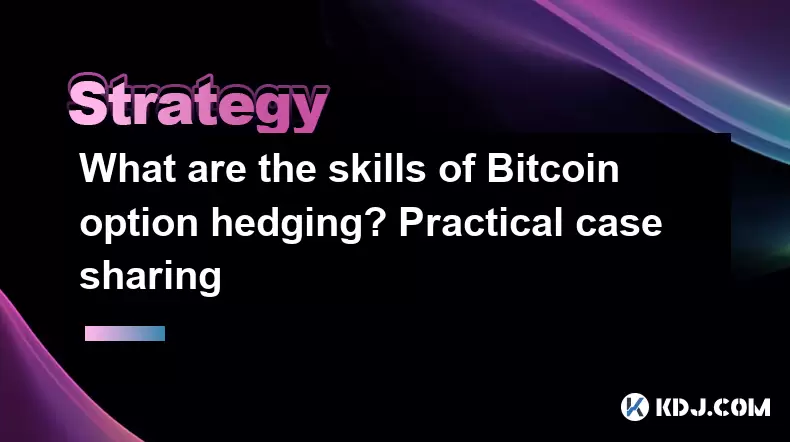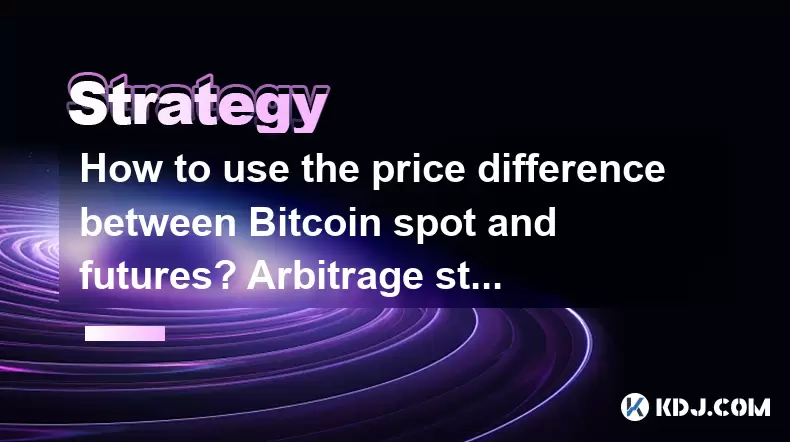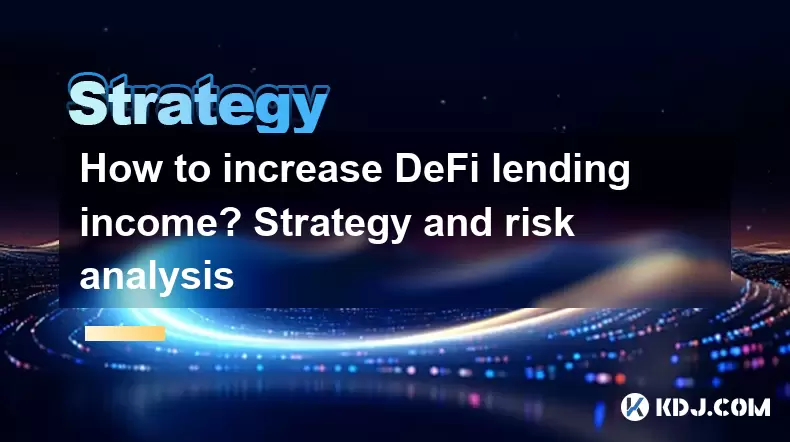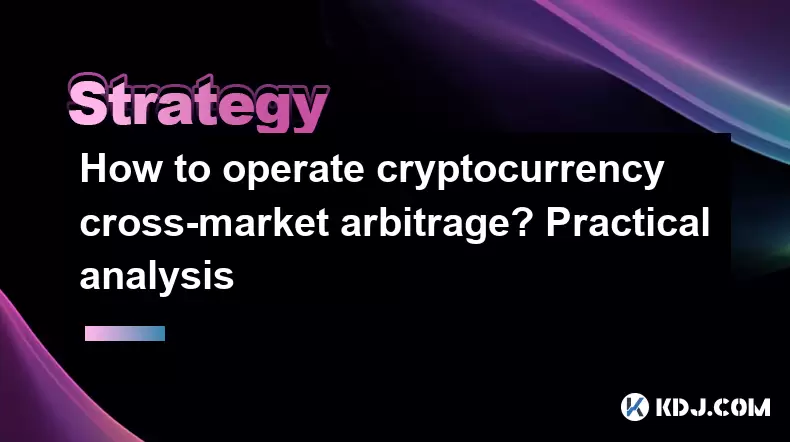-
 Bitcoin
Bitcoin $107,323.9971
-0.42% -
 Ethereum
Ethereum $2,442.7415
-1.58% -
 Tether USDt
Tether USDt $1.0005
0.00% -
 XRP
XRP $2.0902
-4.49% -
 BNB
BNB $645.3561
-0.33% -
 Solana
Solana $140.8832
-2.81% -
 USDC
USDC $0.9999
0.01% -
 TRON
TRON $0.2713
0.17% -
 Dogecoin
Dogecoin $0.1611
-2.35% -
 Cardano
Cardano $0.5556
-2.75% -
 Hyperliquid
Hyperliquid $36.8045
-1.10% -
 Bitcoin Cash
Bitcoin Cash $494.4393
-1.23% -
 Sui
Sui $2.6406
-2.97% -
 Chainlink
Chainlink $13.0846
-1.74% -
 UNUS SED LEO
UNUS SED LEO $9.0127
0.09% -
 Avalanche
Avalanche $17.4023
-1.37% -
 Stellar
Stellar $0.2339
-3.25% -
 Toncoin
Toncoin $2.8330
-0.57% -
 Shiba Inu
Shiba Inu $0.0...01124
-3.38% -
 Litecoin
Litecoin $84.9229
-0.60% -
 Hedera
Hedera $0.1432
-3.84% -
 Monero
Monero $311.0740
-1.35% -
 Bitget Token
Bitget Token $4.6591
3.94% -
 Dai
Dai $1.0001
0.01% -
 Ethena USDe
Ethena USDe $1.0000
-0.01% -
 Polkadot
Polkadot $3.3033
-1.64% -
 Uniswap
Uniswap $6.9221
-4.55% -
 Pi
Pi $0.5546
-4.86% -
 Aave
Aave $257.5046
-1.30% -
 Pepe
Pepe $0.0...09215
-3.26%
How much investment does it take to mine coins?
Understanding cryptocurrency mining involves selecting a profitable cryptocurrency, managing energy consumption, and considering pool or cloud mining options to optimize earning potential.
Jan 10, 2025 at 09:40 pm

Key Points:
- Understanding Cryptocurrency Mining: Concepts and Terminology
- Choosing a Mining Rig: Hardware, Costs, and Considerations
- Selecting Cryptocurrency Coins for Mining: Profitability Analysis
- Energy Consumption and Efficiency: Managing Electricity Costs
- Pool Mining: Joining Forces for Increased Earnings
- Cloud Mining: Pros, Cons, and Investment Strategies
- Factors Influencing Mining Costs: Market Dynamics and Hashrate
Detailed Content:
Understanding Cryptocurrency Mining: Concepts and Terminology
Cryptocurrency mining is the process of verifying and adding new transaction blocks to the blockchain network. Miners use specialized hardware (mining rigs) to solve complex algorithms. Upon successful completion, they receive a reward in the form of cryptocurrency. Key terms:
- Blockchain: A decentralized, digital ledger that records transactions
- Block: A collection of verified transactions
- Hashrate: A measure of a miner's computational power
- Difficulty: The complexity of the algorithm used in mining
Choosing a Mining Rig: Hardware, Costs, and Considerations
The mining rig is the backbone of mining operations. It consists of a motherboard, CPU/GPU, power supply, and cooling system. Factors to consider:
- Hardware: Specialized Application-Specific Integrated Circuits (ASICs) or high-end GPUs
- Costs: Ranging from thousands to tens of thousands of dollars
- Power: Consumes large amounts of electricity, affecting operating costs
- Cooling: Essential to prevent overheating and system damage
Selecting Cryptocurrency Coins for Mining: Profitability Analysis
Selecting the right cryptocurrency to mine is crucial for profitability. Considerations:
- Market Value: Higher-priced coins offer greater potential rewards
- Mining Difficulty: Lower difficulty coins are easier to mine, but less profitable
- Hashrate: Competition levels affect mining earnings
- Reward Halving: Some coins halving block rewards over time, potentially impacting profits
Energy Consumption and Efficiency: Managing Electricity Costs
Mining rigs consume significant amounts of electricity. To minimize costs:
- Energy-Efficient Hardware: Use ASICs or GPUs with low power consumption
- Renewable Energy Sources: Consider solar or wind power to reduce operating costs
- Optimized Cooling: Proper cooling systems reduce power consumption
Pool Mining: Joining Forces for Increased Earnings
Pool mining allows miners to combine their hashrate and share in the rewards. Advantages:
- Consistent Earning: Higher probability of finding blocks and receiving rewards
- Reduced Variance: Pooling mitigates risks and stabilizes earnings
- Lower Hardware Requirements: Requires less computational power compared to solo mining
Cloud Mining: Pros, Cons, and Investment Strategies
Cloud mining is an alternative to purchasing and operating physical mining rigs. It involves renting hashrate from remote datacenters.
- Pros: Lower initial investment, no hardware maintenance
- Cons: High fees, potential scams
- Investment Strategies: Consider reputable providers and diversify investments
Factors Influencing Mining Costs: Market Dynamics and Hashrate
Mining costs are not constant and are influenced by several factors:
- Market Volatility: Price fluctuations affect revenue and profitability
- Hashrate: Increased competition повышает сложность добычи and lowers individual earnings
- Hardware Innovations: Advances in technology can lower hardware costs and improve efficiency
Disclaimer:info@kdj.com
The information provided is not trading advice. kdj.com does not assume any responsibility for any investments made based on the information provided in this article. Cryptocurrencies are highly volatile and it is highly recommended that you invest with caution after thorough research!
If you believe that the content used on this website infringes your copyright, please contact us immediately (info@kdj.com) and we will delete it promptly.
- Bitcoin Price Puzzle: Institutional Buying vs. Market Discrepancy Explained
- 2025-06-27 22:30:12
- Neo Pepe Coin ($NEOP): Certik Audit Success & Crypto Presales Heats Up
- 2025-06-27 22:30:12
- Coinbase's Bitcoin Futures Launch: A New Era for US Crypto Trading?
- 2025-06-27 22:35:11
- LUNC Price on Edge: Weekly Burn vs. Risky Pattern – What's Next?
- 2025-06-27 22:35:11
- SHIB, DOGE, and the Meme Coin Mania: What's Hot and What's Not?
- 2025-06-27 21:27:13
- Blum Token's Wild Ride: MEXC Listing, Price Crash, and the Road to Recovery
- 2025-06-27 22:42:04
Related knowledge

What are the skills of Bitcoin option hedging? Practical case sharing
Jun 24,2025 at 04:01pm
Understanding Bitcoin Option HedgingBitcoin option hedging is a risk management strategy used by traders and investors to protect their positions in the volatile cryptocurrency market. By using options, individuals can limit potential losses while retaining the opportunity for profit. In essence, it allows one to insulate against adverse price movements...

How to use the price difference between Bitcoin spot and futures? Arbitrage strategy
Jun 20,2025 at 02:56pm
Understanding Bitcoin Spot and Futures MarketsTo effectively leverage arbitrage opportunities between Bitcoin spot and futures markets, it's essential to understand the fundamental differences between these two types of markets. The spot market refers to the direct buying and selling of Bitcoin for immediate delivery at the current market price. In cont...

How to increase DeFi lending income? Strategy and risk analysis
Jun 24,2025 at 02:08pm
Understanding DeFi Lending and Its Income PotentialDeFi (Decentralized Finance) lending has emerged as a popular way to earn passive income in the cryptocurrency space. Unlike traditional banking systems, DeFi lending platforms allow users to lend their crypto assets directly to borrowers without intermediaries. The lenders earn interest based on the su...

How to operate cryptocurrency cross-market arbitrage? Practical analysis
Jun 23,2025 at 04:01am
Understanding Cryptocurrency Cross-Market ArbitrageCryptocurrency cross-market arbitrage involves taking advantage of price differences for the same digital asset across different exchanges. The core idea is to buy low on one exchange and sell high on another, capturing the profit from the discrepancy. This strategy relies heavily on real-time market da...

How to make profits from high-frequency cryptocurrency trading? Sharing core skills
Jun 19,2025 at 05:07pm
Understanding High-Frequency Cryptocurrency TradingHigh-frequency trading (HFT) in the cryptocurrency market involves executing a large number of trades at extremely fast speeds, often within milliseconds. This method relies on small price discrepancies across exchanges or within a single exchange’s order book. Traders use complex algorithms and ultra-l...

What are the methods of cryptocurrency quantitative trading? Detailed analysis
Jun 22,2025 at 11:07pm
Understanding the Core of Cryptocurrency Quantitative TradingCryptocurrency quantitative trading refers to the use of mathematical models and algorithms to execute trades in the digital asset market. Unlike traditional discretionary trading, which relies heavily on human judgment, quantitative trading leverages data-driven strategies to identify profita...

What are the skills of Bitcoin option hedging? Practical case sharing
Jun 24,2025 at 04:01pm
Understanding Bitcoin Option HedgingBitcoin option hedging is a risk management strategy used by traders and investors to protect their positions in the volatile cryptocurrency market. By using options, individuals can limit potential losses while retaining the opportunity for profit. In essence, it allows one to insulate against adverse price movements...

How to use the price difference between Bitcoin spot and futures? Arbitrage strategy
Jun 20,2025 at 02:56pm
Understanding Bitcoin Spot and Futures MarketsTo effectively leverage arbitrage opportunities between Bitcoin spot and futures markets, it's essential to understand the fundamental differences between these two types of markets. The spot market refers to the direct buying and selling of Bitcoin for immediate delivery at the current market price. In cont...

How to increase DeFi lending income? Strategy and risk analysis
Jun 24,2025 at 02:08pm
Understanding DeFi Lending and Its Income PotentialDeFi (Decentralized Finance) lending has emerged as a popular way to earn passive income in the cryptocurrency space. Unlike traditional banking systems, DeFi lending platforms allow users to lend their crypto assets directly to borrowers without intermediaries. The lenders earn interest based on the su...

How to operate cryptocurrency cross-market arbitrage? Practical analysis
Jun 23,2025 at 04:01am
Understanding Cryptocurrency Cross-Market ArbitrageCryptocurrency cross-market arbitrage involves taking advantage of price differences for the same digital asset across different exchanges. The core idea is to buy low on one exchange and sell high on another, capturing the profit from the discrepancy. This strategy relies heavily on real-time market da...

How to make profits from high-frequency cryptocurrency trading? Sharing core skills
Jun 19,2025 at 05:07pm
Understanding High-Frequency Cryptocurrency TradingHigh-frequency trading (HFT) in the cryptocurrency market involves executing a large number of trades at extremely fast speeds, often within milliseconds. This method relies on small price discrepancies across exchanges or within a single exchange’s order book. Traders use complex algorithms and ultra-l...

What are the methods of cryptocurrency quantitative trading? Detailed analysis
Jun 22,2025 at 11:07pm
Understanding the Core of Cryptocurrency Quantitative TradingCryptocurrency quantitative trading refers to the use of mathematical models and algorithms to execute trades in the digital asset market. Unlike traditional discretionary trading, which relies heavily on human judgment, quantitative trading leverages data-driven strategies to identify profita...
See all articles























































































